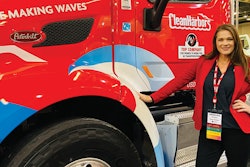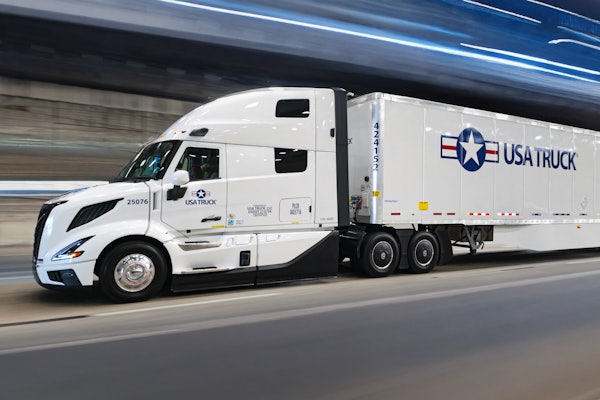Note: This is the second of a three-part series that takes a look at key findings from this year’s Best Fleets to Drive For program. Written by CarriersEdge President Mark Murrell, the columns cover noticeable trends/findings in driver compensation and benefits, HR practices and operational strategy that effect a driver’s day-to-day experience. The final installment will focus on what fleets are doing to improve operating practices.
The driver shortage and turnover are problems that have plagued the industry for years. And it’s not likely these issues will be resolved anytime soon. Through our evaluation of companies through the Best Fleets to Drive For program, we’ve seen participating fleets take real steps toward addressing these problems successfully.
Recruiting and onboarding
To help recruit people to become drivers and retain them once they’ve signed on, we’ve seen the Best Fleets invest more resources this year in their recruiting, onboarding, and retention programs than ever before. Many of these companies are now partnering with CDL schools and offering tuition reimbursements to offset the financial burden of acquiring a CDL. In fact, nearly all the Best Fleets and members of the Best Fleets Hall of Fame were either involved with local CDL school programs or offered an internal CDL training program. This strategy allows companies to have a steady pipeline of candidates new to the industry to recruit from or train within their fleet.
In addition to these programs, we’ve noticed that the Best Fleets are proactive in recruiting retired members of the military and minority groups that are under-represented in the industry. Many of these fleets have formal or recognition programs that work with organizations that help veterans find new career opportunities following their retirement from the military. These companies also tend to have diversity programs to maintain a more welcoming workplace environment for all employees beyond what is required by the Equal Employment Opportunities Commission (EEOC). As a result, they’re seeing positive results in workforce diversity.
While working toward a more diverse driver pool is imperative, so is mentoring. When drivers go through the onboarding process, 70% of Best Fleets finalists provide drivers with mentors or coaches who regularly check in after orientation is complete. This helps ensure the driver’s transition with the company goes smoothly. If a driver struggles, the mentor can work with them to address the issues before they grow into bigger problems. The Best Fleets are constantly looking for driver feedback to find new opportunities to improve their practices.
Retention efforts
Beyond mentorship programs, most Best Fleets participants have established driver committees or informal or ad-hoc advisory boards that help drivers advocate and work with other company management teams to create better workplace environments and operating practices. These committees provide a voice to the company’s management team of what’s working well and what isn’t. The feedback from drivers can help management revise driver-related programs to better accommodate drivers’ needs with the end goal of improving retention numbers. And it works.
A good example of this is policies on pets. It wasn’t long ago that it was rare to see a dog or cat travel with drivers on the road. Allowing pets is something many drivers advocated for, and fleets listened. In the past few years, we’ve seen an increase in the number of Best Fleets offering some type of pet policy. This year, nearly every Best Fleet had one. Most fleets had a pet program that was flexible on the type of breed and size for dogs with a $500 or less security deposit. Some fleets have even invested in on-site pet facilities, such as kennels, pet wash facilities, or fenced in walking areas.
Still…even the fleets that are known for being among the best for drivers to work for still lose drivers. No fleet is perfect, and drivers will leave for one reason or another. But what we’ve found is that when a driver does leave a company, the Best Fleets don’t burn bridges with that driver. In fact, across all Best Fleets, we’ve found that roughly 12% of drivers that leave their companies return within a year. A key for that to happen is having formal programs in place to continue communications -- encouraging a return if things don’t work out with the new company. As they say, sometimes the grass isn’t always greener on the other side. Just because a driver leaves for a new opportunity doesn’t necessarily mean they’ll be satisfied with their new job.
The Best Fleets continue to make strides in how they address HR with drivers. A key to their success in this area is maintaining constant communication with prospective and current drivers to make sure everyone is on the same page. And if issues come up, they work with drivers to address them.












